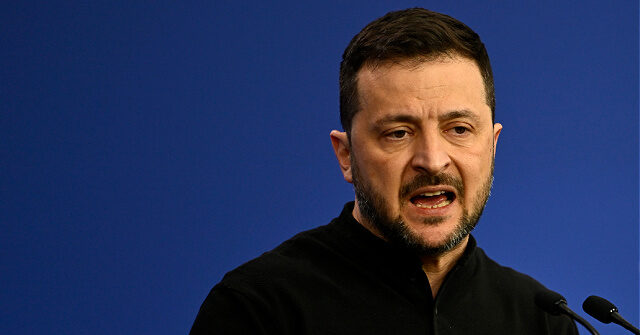Ukrainian President Volodymyr Zelensky reported on recent attacks by Russian forces on Ukraine’s energy and power infrastructure, employing hundreds of drones and missiles, including Iranian-manufactured weapons. Notably, the Iranian-made Shahed series of suicide drones has been a preferred choice for Russia, with over 8,000 of these drones launched against Ukraine over the past two and a half years, according to the Ukrainian Foreign Ministry. The ongoing assaults aim to disrupt not only military targets but also essential services, escalating the humanitarian crisis in the country.
In the latest wave of attacks, Zelensky specified that the primary objective was to damage Ukraine’s energy infrastructure across the nation, resulting in significant casualties and impairment of services. Tragically, these strikes led to deaths, including two individuals in Mykolaiv, and injuries to six others, among them children. Despite Ukrainian defenses intercepting 144 incoming drones and missiles, the sheer volume of the attack meant that many projectiles still reached their targets, exacerbating the situation nationwide.
Witnesses reported explosions in several major urban centers, including Odesa, Zaporizhzhia, Kryvyi Rih, Dnipro, and Kyiv. These attacks left Odesa, a crucial port city, without power, forcing hospitals to rely on emergency generators. Reports from the energy distributor DTEK indicated that several regions experienced blackouts, with Odesa and its district particularly hard-hit. The company reported that while power had been restored to about 400,000 homes by Monday morning, approximately 321,000 customers remained without electricity, underscoring the widespread impact of the assaults.
With the threat of further power outages looming, Ukrainian officials warned that rolling blackouts would occur in most regions, with some areas facing outages lasting up to eight hours. The governor of Odesa, Oleh Kiper, confirmed that the attack resulted in at least eight civilian fatalities and injuries to 18 individuals. Large-scale attacks compelled Poland to respond by scrambling fighter jets and elevating its defense alert status, though no incidents on Polish territory were reported. This prompted heightened military readiness and cooperation among NATO allies in response to the escalating conflict.
Military analysts suggest that Russia’s strategy may involve crippling Ukraine’s power supply as winter approaches, thereby exacerbating the hardships faced by civilians. Ukrainian President Zelensky framed these attacks as attempts by “Russian terrorists” to instill fear among the populace through cold and blackouts. This relentless targeting of energy infrastructure symbolizes a broader strategy designed to weaken Ukraine’s resolve and destabilize daily life for its citizens under the pressing strains of war.
While the International Atomic Energy Agency (IAEA) confirmed that Ukraine’s nine operational nuclear power plants remained unharmed during the recent assaults, several electrical substations linked to these plants sustained damage. This highlights the precarious balance between maintaining essential services and safeguarding critical infrastructure amidst ongoing hostilities. The situation remains dire, with the prospect of continued military aggression and the looming threat of winter temperatures compounding the existing humanitarian crisis faced by the Ukrainian population.

